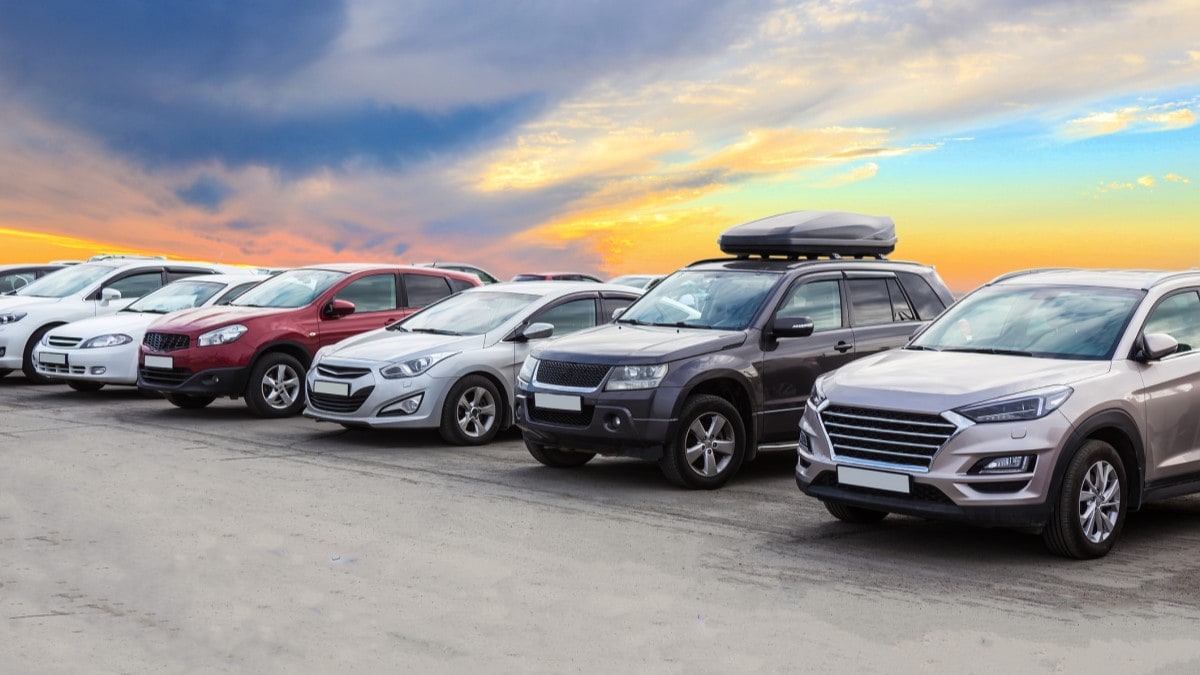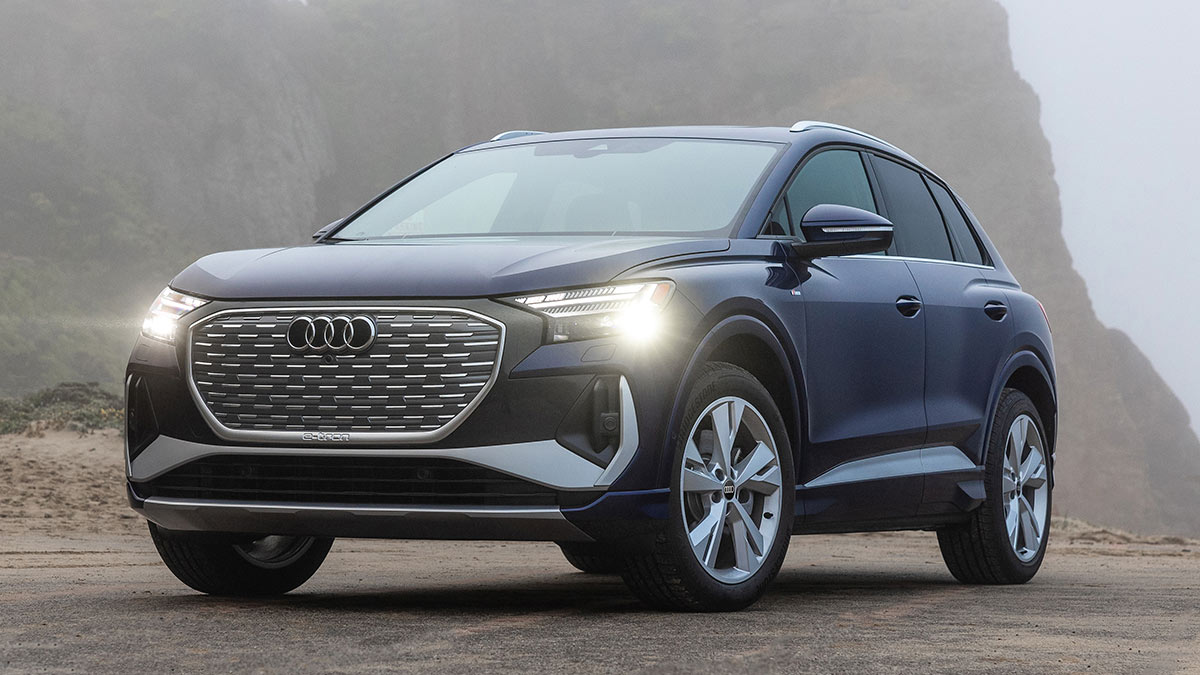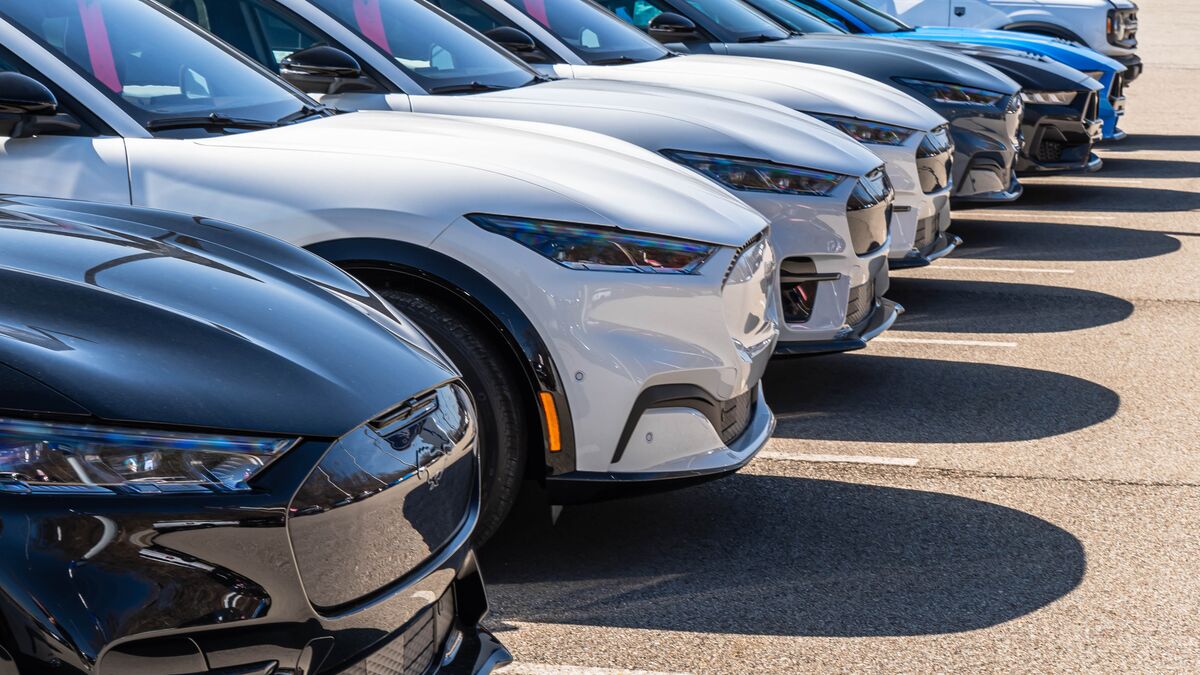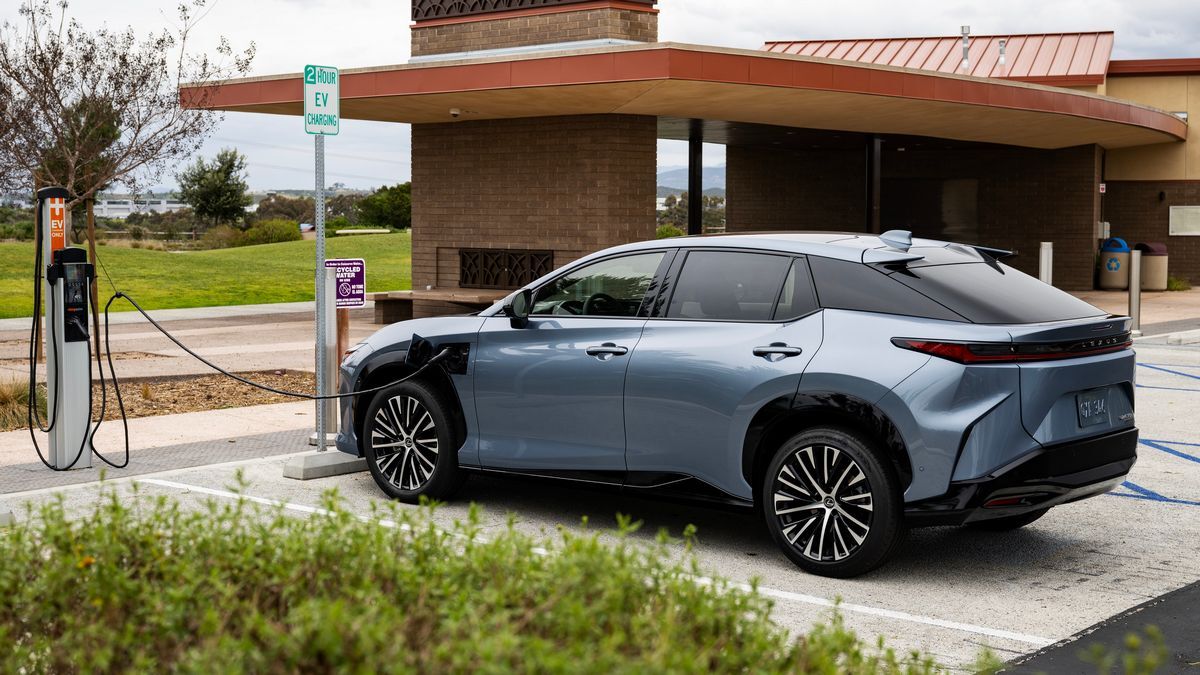The pandemic and the supply chain disruptions that followed it taught the auto industry a lesson. They’re quickly unlearning it.
“Record-low inventories,” says industry publication Automotive News, allowed automakers and dealers “to achieve record profitability during an industrywide supply shortage.”
The Old Way: More Cars Than Shoppers
For much of its history, the auto industry has intentionally maintained an oversupply of new cars. Automakers and dealers often aimed to keep about 60 selling days’ worth of built vehicles in storage, believing that level of inventory helps dealers make sales. It meant they likely had the combination of colors and features you wanted in easy reach.
The Pandemic Way: More Shoppers Than Cars
The pandemic and the subsequent global shortage of microchips left many with far fewer cars in stock.
Far from limiting sales, the shortage raised prices. Americans continued to car shop and briefly paid more than the sticker price for most cars.
Tyson Jominy, vice president of data and analytics at J.D. Power, tells Automotive News (AN), a car industry trade paper, that the industry learned “that we can operate at lower inventory levels.”
‘We’ll Never Go Back‘
Some prominent industry leaders said they’d learned their lesson and would not return to keeping a stockpile.
BMW Chief Financial Officer (CFO) Nicolas Peter, in 2021, said the company would maintain a shortage indefinitely “to keep pricing power at our current level.” Harald Wilhelm of Mercedes-Benz said the company would “consciously undersupply demand level” to sustain shortage pricing.
They went back.
How They Went Back
Automakers ended February with, on average, 72 days’ worth of new cars to sell – 12 over the target they said they wouldn’t return to. Every GM brand ended February with more than a 60-day supply, with Buick at over 150% of the target. Mercedes closed the month with 91 days in stock.
That oversupply has meant discounts. The average new car sold at a 5.9% discount in February, up from 3.1% a year ago.
What happened?
The natural laws of competition, Jominy says. Lower inventory levels proved “not sustainable because it requires the participation of 30-plus automakers to maintain discipline. This is a fixed asset industry, so we always will need to produce more.”
Dealers, too, have been pushed back into old habits. “Between pressure from automakers to achieve sales targets and competition from other dealers to satisfy consumer desires and secure a sale, many, if not most, dealers are reluctant to turn away new-vehicle inventory,” AN explains.
A Buyer’s Market
That has turned 2024 back into what Jonathan Smoke, chief economist for Kelley Blue Book parent company Cox Automotive, calls “a buyer’s market.”
The Federal Reserve’s reluctance to enact promised interest rate cuts still holds back many buyers. But new car affordability recently hit a 31-month high thanks partly to automakers not keeping their promises about a permanent car shortage.








